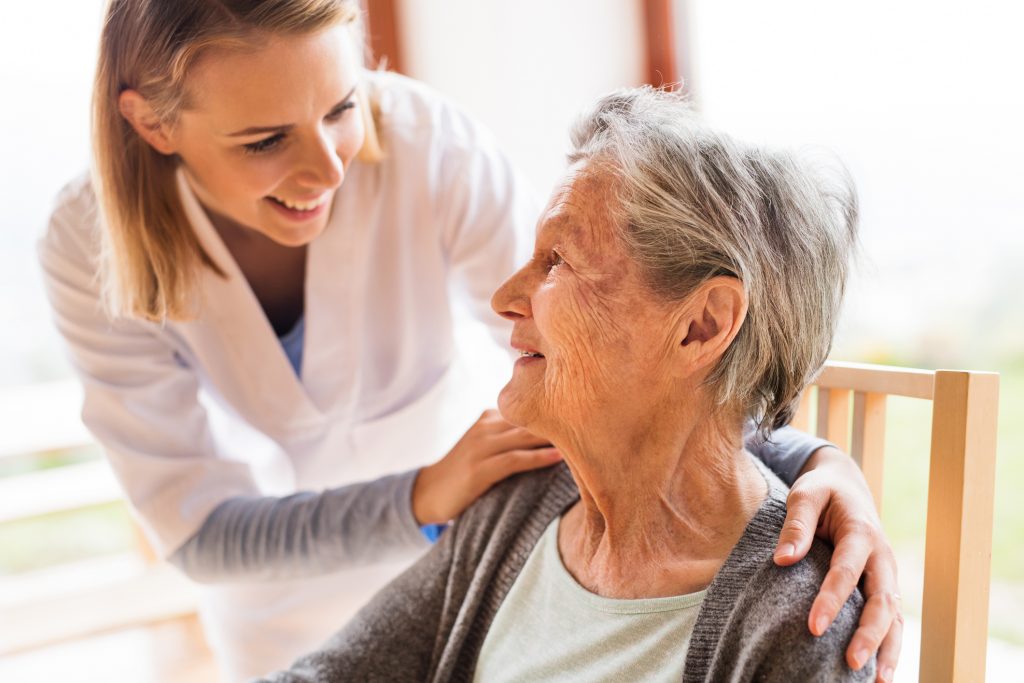Falls Prevention
Please click below to learn more about some of our falls prevention projects.
[toggle title=”In-Patient Falls among Older Adults in Iowa”]
PI: Carri Casteel
University of Iowa, College of Public Health
Occupational and Environmental Health
Funding source: Office of the Vice President for Research and Economic Development (OVPR)
In this study, we examined inpatient falls resulting in a fracture, dislocation, or intracranial injury for adults over the age of 50 in Iowa hospitals. We used external cause of injury codes along with diagnoses codes for the specific injuries of interest to identify falls during an inpatient stay. Additionally, we investigated medical diagnoses used in the Elixhauser comorbidity index and demographic characteristics associated with inpatient falls. Iowa State Inpatient Database (SID) records from 2008 to 2014 for adults over the age of 50 were used for this study. The Iowa Hospital Association (IHA) collects demographic and diagnostic information of patients who receive inpatient care in the Iowa SID as a part of the Healthcare Cost and Utilization Project (HCUP). The SID contains patient discharge records from community hospitals in Iowa.
[/toggle]
[toggle title=”Randomized Trial of a Multifactorial Fall Injury Prevention Strategy”]
PI: Carri Casteel and Robert Wallace
Funding source: Patient-Centered Outcomes Research Institute (PCORI)/ National Institute on Aging (NIA)
This multi-site randomized clinical trial will determine the effectiveness of an evidence-based, multifactorial patient-centered intervention to reduce the risk of serious fall injuries among non-institutionalized older persons. It is a 40-month cluster-randomized, pragmatic trial being conducted at 86 primary care practices in 10 healthcare systems across the US. The 86 practices were randomized to intervention or control group using covariate-based constrained randomization, stratified by healthcare system. Participants are community-living persons, >70 years, at increased risk for serious fall injuries. The intervention is a co-management model in which a nurse Falls Care Manager performs multifactorial risk assessments and develops individualized care plans, which include surveillance, follow-up evaluation, and intervention strategies. The control group receives enhanced usual care, with clinicians and patients receiving evidence-based information on falls prevention.
[/toggle]
[toggle title=”Implementation of a Medication Care Plan to Reduce Unintentional Injury among Rural Older Adults”]

PI: Carri Casteel
University of Iowa, College of Public Health
Occupational and Environmental Health
Funding Source: CDC
This study will 1) Examine the effectiveness of a clinic-based, individualized medication care plan in reducing rates of medically treated falls and motor vehicle charges and crashes among older adults seen in rural primary care clinics, 2) Identify provider and patient factors that are associated with patient adherence to medication deprescribing and discontinuation recommendations, and 3) Evaluate implementation of the medication care plan to understand its acceptability, usability and relevance among healthcare system administrators, clinics, providers and patients. Accomplishing these aims will result in a framework for how individualized medication care plans, developed to reduce medically treated falls among older adults, can be effectively disseminated through a healthcare system and implemented by older adults.The study is a collaboration between researchers and clinical pharmacists at the University of Iowa and a clinical team from the Mercy Health Network Accountable Care Organization (ACO), which is a nonacademic healthcare system with significant reach into rural Iowa communities through their CMS-designated critical access hospitals.
[/toggle]
Analysis of an older adult falls prevention network in Iowa
Read our blog post: Older adult falls prevention during COVID-19
Read our blog post: Older adult falls: Q & A with Firefighter Julie Popelka
Read our blog post: A study to prevent falls in older adults in the U.S.
Read our blog post: How do older adult falls prevention organizations collaborate?
